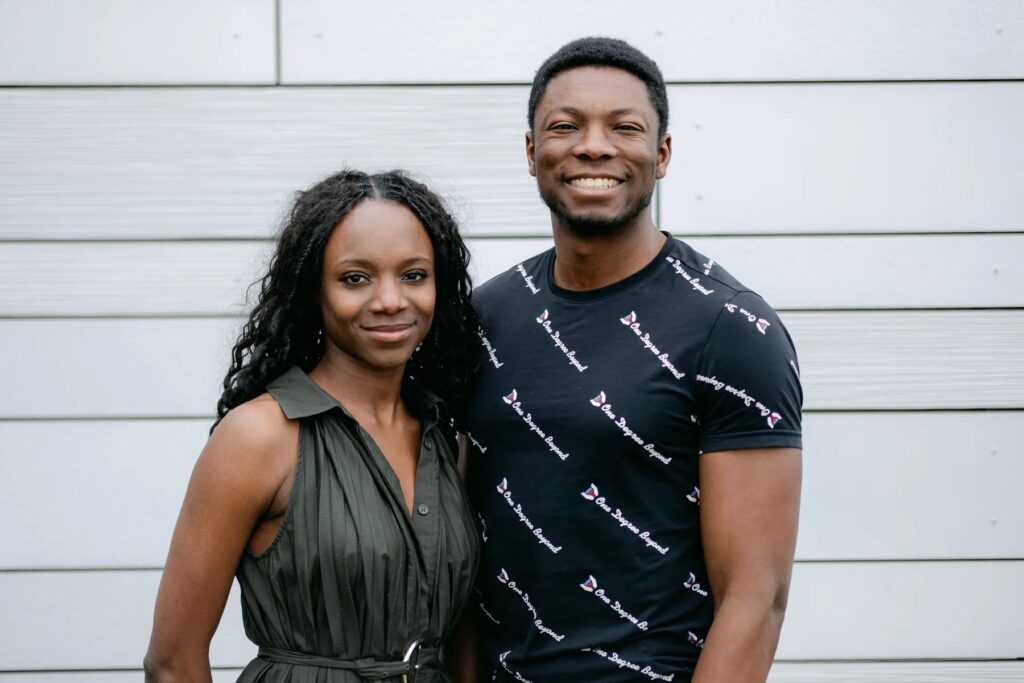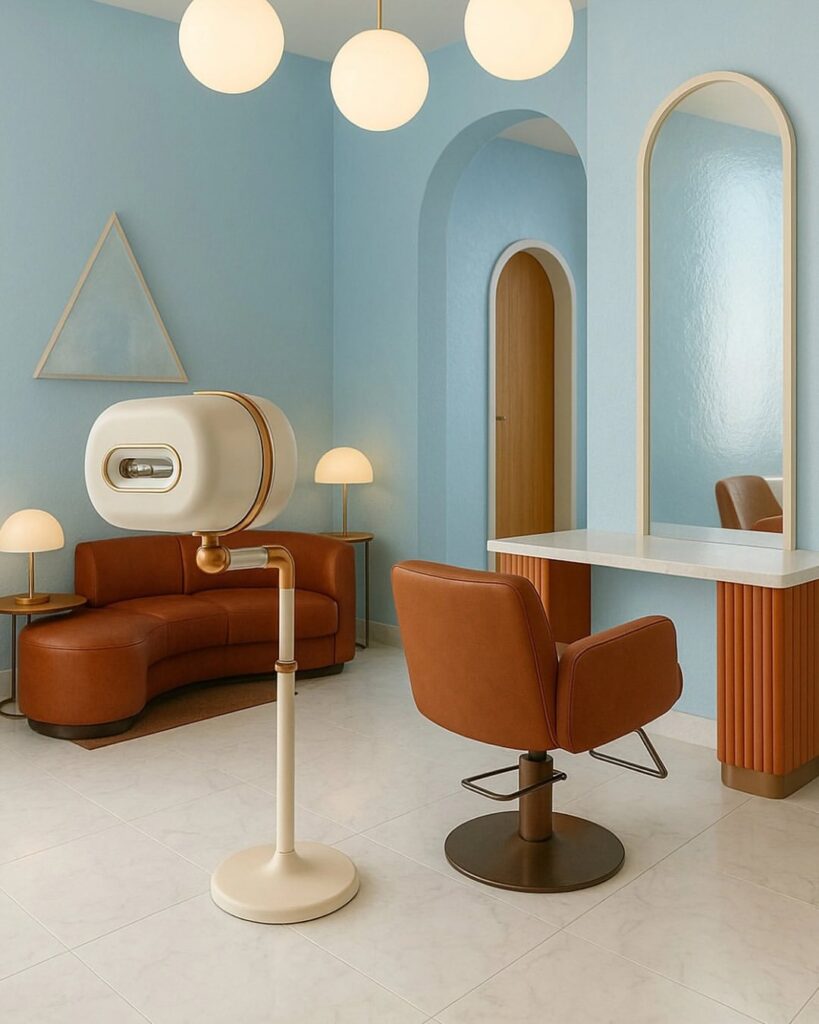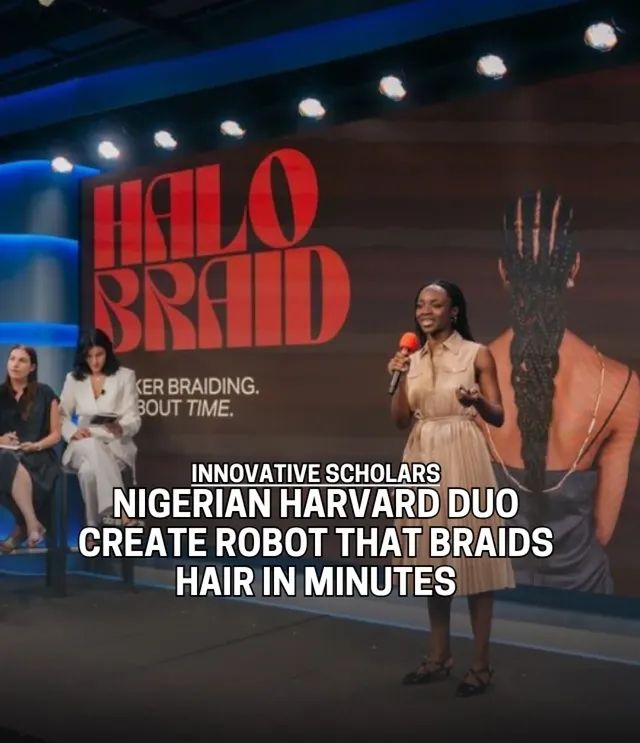
Harvard innovators Yinka Ogunbiyi and David Afolabi (both Nigerians) have just raised the bar for beauty technology with the launch of the Halo Braid, a pioneering braiding robot designed to make hairstyling faster, safer, and more enjoyable.
Their venture won the 2025 Harvard Innovation Labs President’s Innovation Challenge grand prize (US $75,000) which they plan to use to pilot a salon in Boston and scale the device for manufacturing.

Here’s a breakdown of how the Halo Braid system works and what makes it innovative:
Identifying the problem and opportunity
- Traditional braiding (especially protective braids widely used in Black hair culture) is time-intensive: sessions can last hours (sometimes half a day) and cost stylists heavy manual labor.
- Stylists often experience hand/wrist strain and fatigue from repetitive braiding movements. Halo Braid positions itself to alleviate those burdens.
- Despite a large market (millions of consumers), the braiding process itself had seen little technological innovation historically.
Solution: device and mechanics
- The physical form: The machine resembles a free-standing device (described as a “cream and gold standing dryer” ) that takes over the finishing part of a braid.
- Workflow: The stylist begins the braid manually (prepares the section of hair, aligns it) and then the Halo Braid robot takes over, finishing the braid automatically. The founders describe it as “Stylists start the braid. Halo finishes it.”
- Machine learning: The robot uses machine-learning algorithms to “match professional quality” braids, while executing them in significantly less time (the claim is “five times faster”).
- Prototyping: The team built approximately 450 prototype iterations over ~18 months in order to handle human hair (which is complex to manipulate), braiding styles, human head contours, and real-world conditions.
Impact and benefits
- Time reduction: The machine can reduce braiding sessions from hours to minutes — greatly increasing throughput for salons.
- Ergonomics: By offloading the most repetitive/labour-intensive portion of braiding, stylists can protect their hands and potentially avoid chronic pain issues.
- Business scalability: Salons could service more clients in the same time, potentially increasing revenue and lowering per-client labour cost. Halo’s pitch emphasises this.
- Cultural relevance: The founders emphasise that this is aligned with Black beauty tech and signifies technological innovation in an area rooted in cultural heritage.

Yinka and David are now building a waitlist for salons and stylists who are interested in trialing the machine when it becomes commercially available.
ABOUT
Yinka Ogunbiyi is a Nigerian-born engineer and entrepreneur, with a background in biomechanics and an MS/MBA from Harvard John A. Paulson School of Engineering and Applied Sciences (SEAS) and Harvard Business School (HBS) (class of ’23) — she was featured by Harvard for her startup ventures. She brings both cultural insight (as someone familiar with braided hairstyles) and engineering chops to the project.
David Afolabi is the co-founder of the venture alongside Ogunbiyi, and likewise affiliated with Harvard Business School. He brings business strategy, innovation experience, and startup scaling capability. Together, the pair have blended engineering + business to target the hairstyling industry via robotics.
